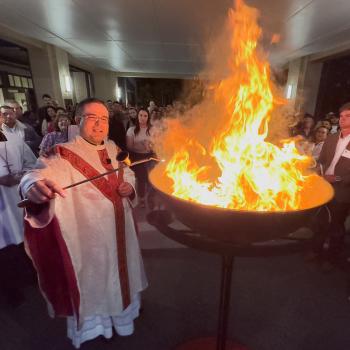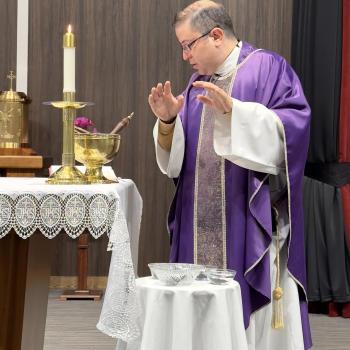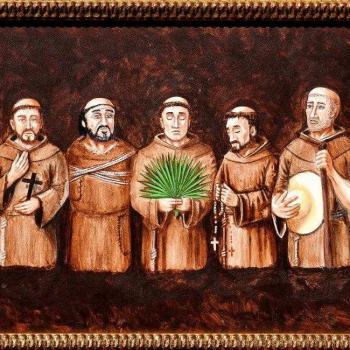We very often hear about the shortage of priests. Some dioceses may have plenty now, but they still have a sense of upcoming uncertainty as priests age and retire.
As the number of priests in the United States has dropped from 58,632 in 1965 to 39,466 at present, the number of priests worldwide has dropped relatively little, 419,728 in 1970 to 409,166 at present. This calming worldwide statistic loses its calming effect when we realize that the worldwide Catholic population in that same time period has almost doubled from 653 million to 1.16 billion.
The restoration of the permanent diaconate after the Second Vatican Council has led to an amazing 36,539 permanent deacons worldwide today (from 309 in 1970). The number of diocesan priestly ordinations worldwide has increased by about 30% in the last forty years and the number of seminarians has also increased significantly.
What do these statistics tell us? Especially as Priesthood Appreciation Sunday nears on October 30th?
They tell us that in the last few decades the size of the flock has doubled for each ordained priest, thus greatly increasing the demands placed upon priests. Priests more easily burn out or give up. Please be patient with your priests and love your priests. Don’t place unattainable or unreasonable expectations on them, they are not Superman.
The statistics also tell us that the vocation of the permanent diaconate recently restored in the life of the Church is playing a significant role in the mission of the Church. The diaconate is a vocation on its own, deacons are not “mini priests” or “almost priests” but deacons, men who actively participate in a unique way in the mission of the Church.
The statistics also give us hope that young men still consider the priesthood, still go to seminary and get ordained. Most of the newly ordained however come from the Southern Hemisphere and less each year from Europe and North America. The faces of priests are changing; African, Asian and Latin American priests will only become more common in the United States, Canada and Europe.
These statistics reveal something indirectly that is happening in the organization of parishes since parishes obviously continue to function despite the decrease of priests. Before, priests would do everything in the parish except perhaps a part time secretary who answered the phone and helped keep the sacramental records. Priests were expected to do almost everything, therefore the necessity to have more priests.
Today this has changed as parishes hire laypeople to help in the pastoral work of the parish. The priest can focus more on sacramental needs while receiving enormous help from laypeople who visit the sick taking them communion, from Directors of Religious Education and youth ministers to name a few positions now filled by laypeople at parishes.
The best thing we can do for priests today and to have sufficient priests tomorrow is pray. Pray for your priests, we greatly need it!
If you’re interested on more statistics, visit the website of the Center for the Applied Research in the Apostolate (CARA) of Georgetown University and click on “Frequently Requested Church Statistics.”
Pictures are mine, all rights reserved.
















